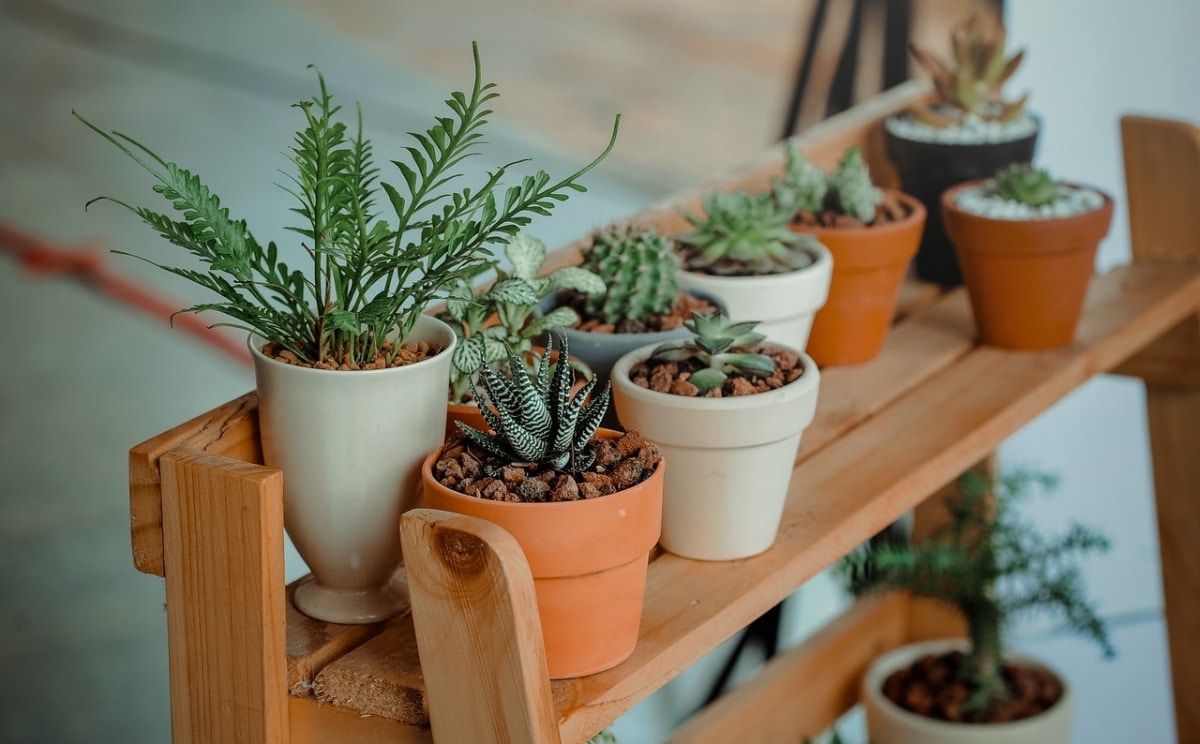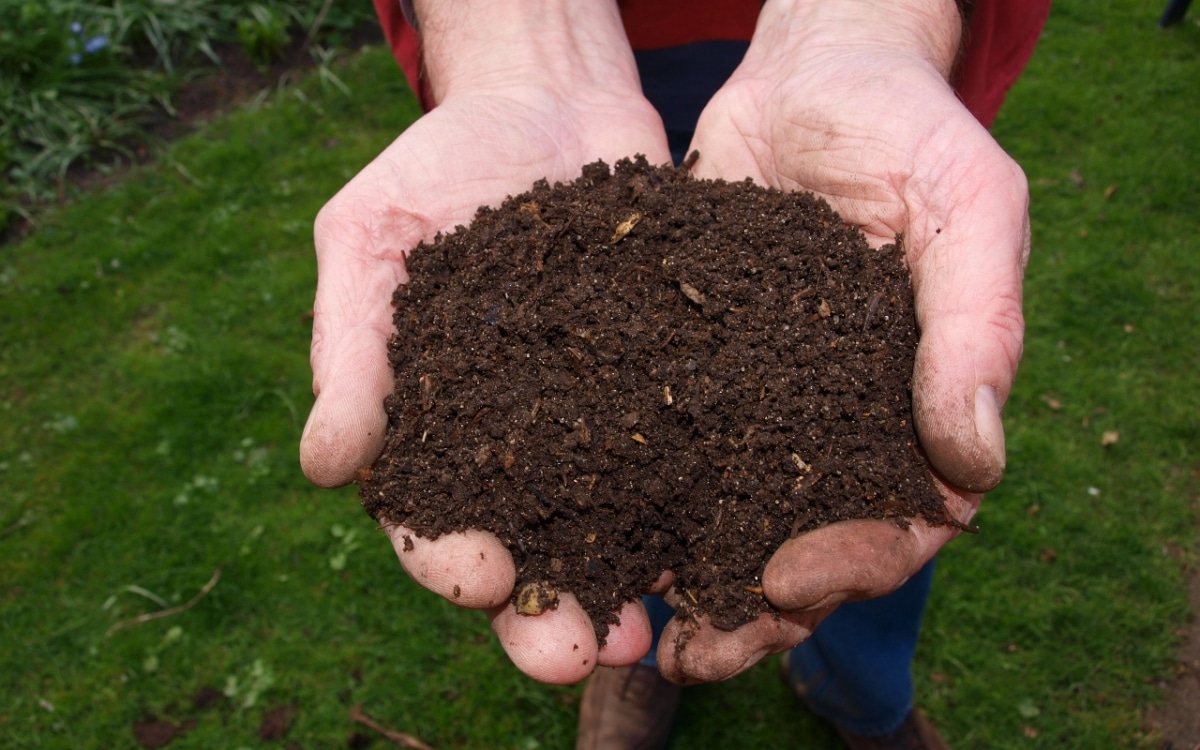
Sometimes it is necessary to change the substrate of the plants, either because it is already very worn or because it is contaminated, something that happens when what is grown in it has become ill with a fungus, virus and/or bacteria.
But it is a task that must be done carefully, since if an important root is broken, it will be difficult for the plant to recover. So Let's see how to change the substrate of a plant.
When should the substrate be changed?
Sometimes you have to change it, but the truth is that It is something that if it can be avoided, the better. And it is that the roots of the plants are very, very important for them, since they are the ones that are in charge of absorbing the water that keeps them hydrated, and the nutrients of the earth so that they can grow. If the root system is damaged, then they will have a hard time getting ahead, and that is if they do.
Therefore, The substrate should only be changed if:
- If the plant is mushy from overwatering, and/or if it has symptoms of fungal infection such as gray mold, pink powder, or orange bumps.
- If the substrate looks bad: if there is gray mold, or if it looks whitish (as if it had traces of lime).
- If it is very compact and has poor drainage, since if it remains wet for many days the roots can rot.
Y, What time is it best to do it? In late winter or spring, at the latest in summer. It will only be done in autumn or midwinter if the plant is very serious and if it is indoors.
Are there some plants that do not tolerate change?

No matter how urgent it is to change the substrate, there are some plants that do not tolerate their roots being touched. This is the case, for example, of the following:
- Seedlings a few weeks old
- Herbs, including aromatic
- ferns
- Palms
Trees and shrubs do not tolerate it, but if the change is made in late winter or early spring, they usually recover without problem. With succulents (cactus and succulents) you don't have to worry so much because they are very resistant, and unless they are very bad, they resume their growth soon, like the bulbous and rhizomatous ones.
What alternative is there to changing the substrate?
The only thing that can be done if we have a plant that we know is not going to resist change, is to remove it from the pot and, if it has not yet rooted well, carefully remove as much soil as possible. Later, It will be planted in a new pot with a quality substrate, according to its needs.. For more information on this topic, click here:

How to change the substrate of potted plants?

If we have to change it, what we will do is first prepare the material that we are going to use. And it is important to keep in mind which is something that has to be done delicately, yes, but also in the shortest period of time possible so that the roots are not exposed more than necessary. Is the next:
- Basin with water (warm)
- Pot with drainage holes clean and disinfected (can be done with soap and water)
- Suitable substrate for the plant
- Spray fungicide such as No products found., which is natural, horsetail
- Rubber gloves
Now you have to follow these steps:
- We will extract the plant from the pot. If it has roots growing out, we'll untangle them so it can come out better.
- Then, we put it in a basin with water and proceed to remove the substrate.
- Next, we prepare a new pot, adding a little substrate -also new-.
- Afterwards, we take the plant out of the water and apply fungicide to it. You have to throw it both for the leaves and for the roots.
- Finally, we plant it in the new pot. And we will only water if it is a plant that is apparently fine, that is, that has no symptoms of disease or having suffered excessive watering, otherwise we will wait about 3 days, or 7 if it is a cactus or succulent.
Aftercare

A plant that has undergone a transplant like this has to receive special care. We have to be attentive to any change, and try not to get cold, hot or thirsty. Even if they are resistant, like rose bushes or cacti, it is important that they pamper themselves a little, until we see that they resume their growth.
For this reason, what we will do is put it in semi-shade or shade if it is outside, or in a room where a lot of natural light enters and there are no drafts if it is inside the house. What's more, watering must be moderate, avoiding excesses. Likewise, when it comes to watering, its leaves can be wet as long as they are not directly exposed to the sun. If you are in doubt about when to water, you can use a soil moisture meter as this. Just by inserting it into the substrate you will know if it is dry (Dry) or not.
It is recommended to pay it with a biostimulantas this of 1 liter that can be diluted in 33 liters of water, and is for foliar application. This will strengthen it.
What can you expect?
When a plant suffers such stress, the normal thing is that, if it was bad, it continues to get worse; and if he was fine, or apparently fine, he is likely to suffer a little. Therefore, it should not surprise us that:
- some leaves fall
- the stems »hang»
- the flowers do not open
But with subsequent care, it is intended to prevent it from dying.
We hope it has been useful to you.